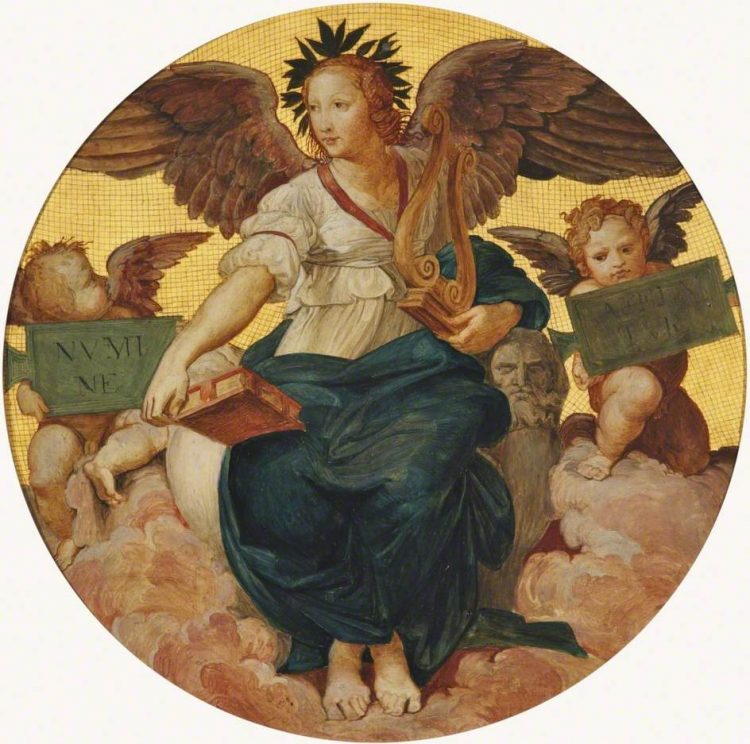Alfred G Stevens (1817-1875)
Alfred George Stevens was a British sculptor. His major work is the monument to the Duke of Wellington in St Paul’s Cathedral. Alfred Stevens was born on 30 December 1817 at Blandford Forum in Dorset, the son of a decorator and joiner.
At the age of ten, he entered his father’s workshop as an assistant. In 1833, the rector of his parish enabled him to go to Italy, where he spent nine years studying at Naples, Bologna, Siena, Pompeii, Capri, Rome, Milan, Venice, and Florence where he studied for a time at the Accademia di Belle Arti.
Stevens had never attended an English school. In 1841, Bertel Thorvaldsen employed him for a year in Rome. After a significant period of study and training throughout Italy, Stevens returned to England.
n 1845, Stevens obtained a tutorial position in the School of Design at Somerset House, London, where he remained until 1847. In 1850 he became chief artist to the Sheffield firm of H.E. Hoole and Co. who specialised in bronze and metal work. In 1852 he returned to London. To this period belongs his design for the vases on the railings in front of the British Museum, and also the lions on the dwarf posts which were subsequently transferred to the inside of the museum.
n 1856, Stevens took part in the competition for the Wellington monument, originally intended to be set up under one of the great arches of St Paul’s Cathedral, though it was only consigned to that position in 1892. Stevens agreed to carry out the monument for £20,000 – a quite derisory sum, as it turned out.
Stevens devoted most of his career to this grand monument, constantly harassed and finally worn out by the interference of government, want of money and other difficulties.














